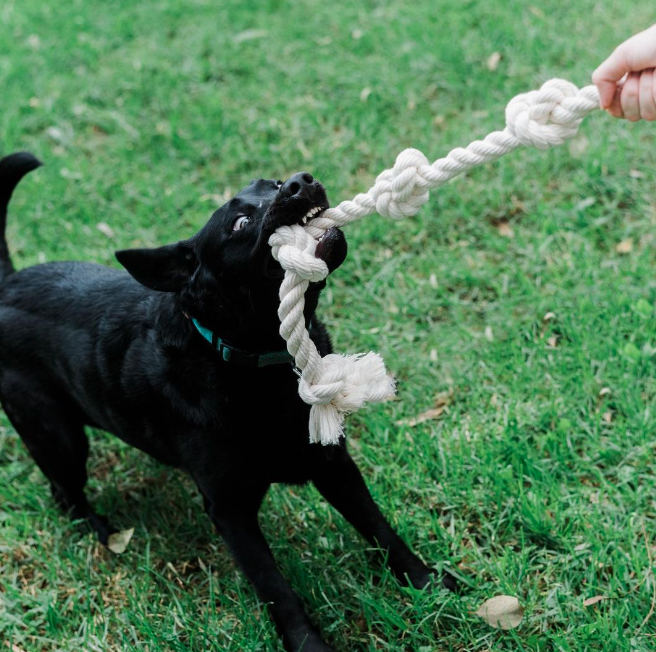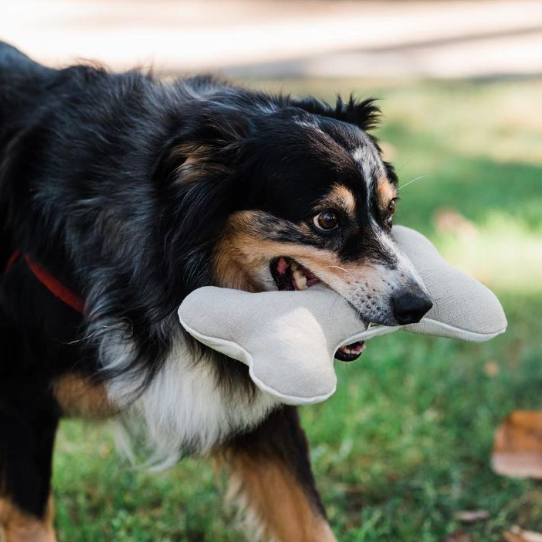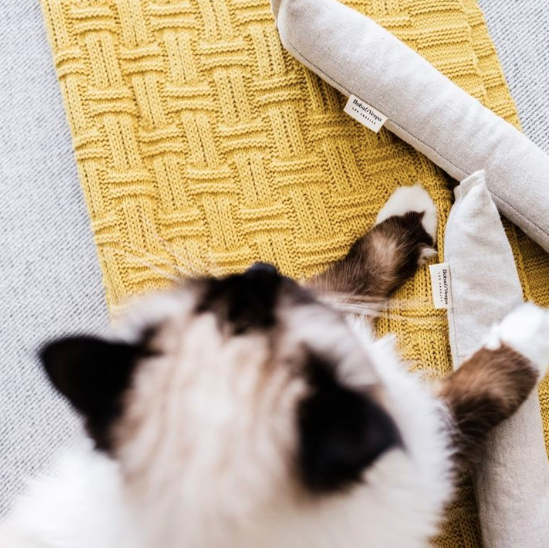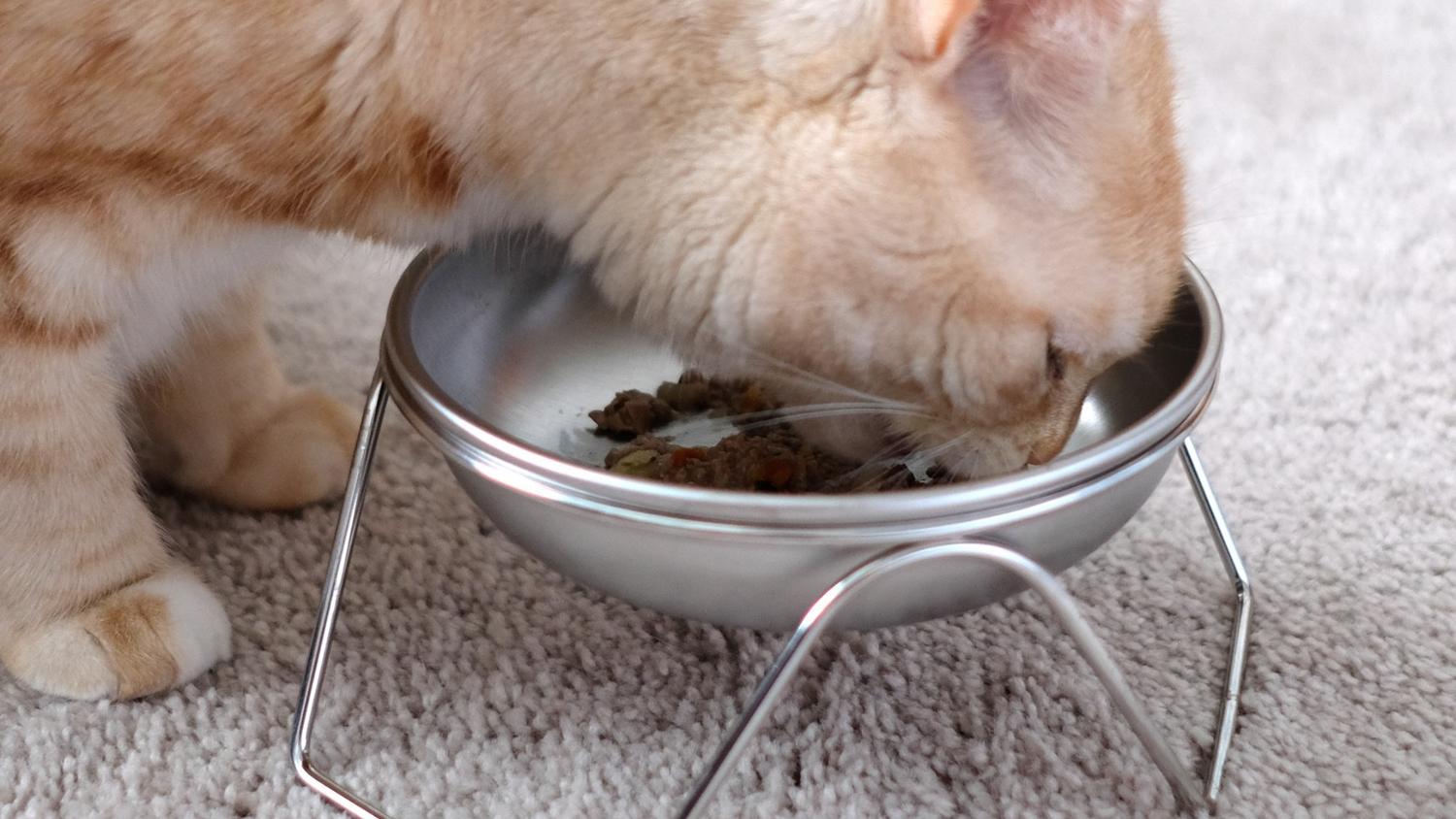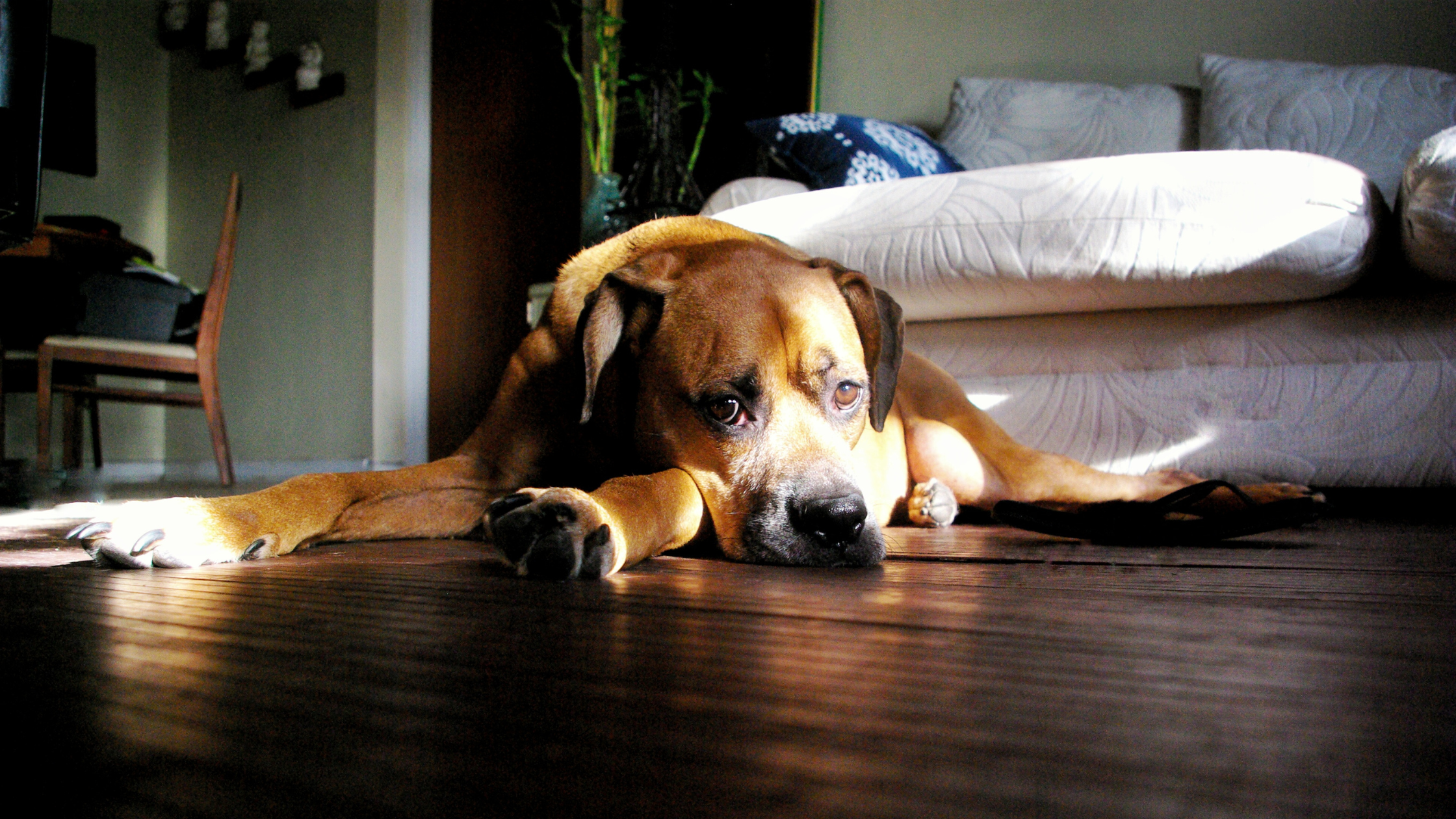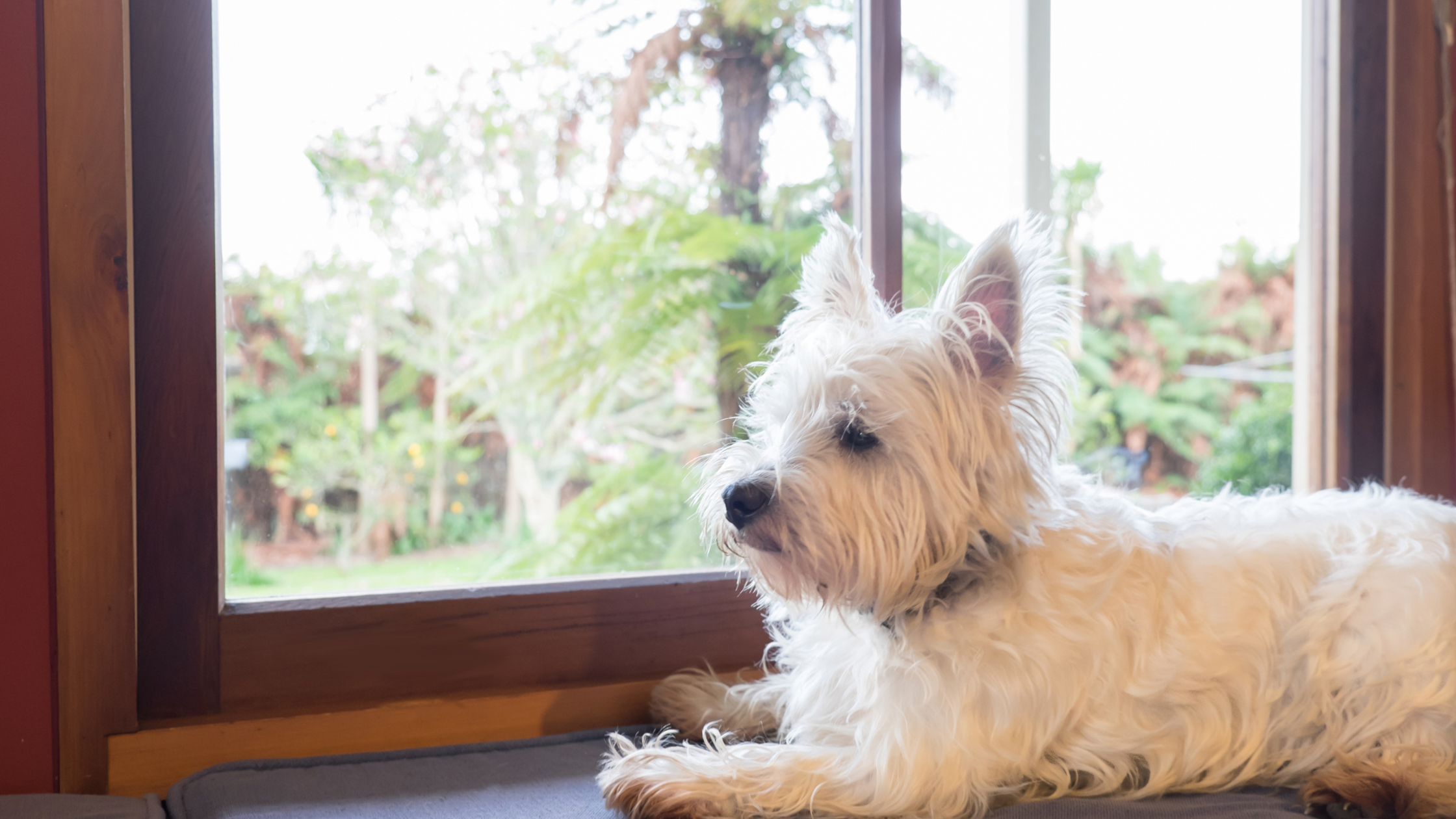Something we’ve learned on our journey towards being more eco-friendly pet owners is that sustainability is about taking small steps. While we adore our furry pals, things like pet waste, bedding, food, toys, accessories, and even their water bowls can significantly affect our planet.
We know what you're thinking: isn't a bowl just a bowl? Not quite! Some water bowls aren't just bad for the planet; they could even potentially cause harm to your pet. Not all water bowls are created equal: that's why the material of their bowl really matters.
Cat water bowls can be a focal point of preference for your finicky feline friend. But have you ever thought about the sustainability factor of their hydration station? From plastic bowls to stainless steel or ceramic dishes, the choices are vast, and the environmental impact varies. As parent parents, we understand that with so many options out there, it can be difficult to narrow down which cat water bowl is the ideal choice for your cat.
In this blog, we delve into the ins and outs of cat water bowls and their impact on our earth. Read on to discover which cat water bowl is best for your kitty and our planet.
Is a Bowl Just a Bowl? Understanding the Environmental Paw Print of Cat Bowls
Over the years, sustainability awareness has transcended human needs and extended into the realm of pet care. It's no secret that the materials used in conventional cat water bowls, especially plastic bowls, can pose environmental challenges. Often made from non-biodegradable materials, these bowls contribute to environmental waste and may even harbor bacteria over time. To reduce the impact plastic bowls have on our planet, many cat owners are seeking more sustainable alternatives.
Cats are particular about their water dishes. Some prefer wide and shallow designs to prevent whisker fatigue, while others prefer deeper bowls for comfort. Understanding your cat's preferences while also prioritizing sustainability can be a win-win situation. In general, pet owners seeking eco-friendly options can turn to stainless steel or ceramic water bowls. Stainless steel boasts durability and is dishwasher safe, making it both pet-friendly and environmentally conscious. Ceramic dishes, while delicate, present an appealing aesthetic and are generally microwave-safe for easy cleaning.
Stainless Steel vs Ceramic Cat Dishes
Ceramic and stainless steel cat bowls both offer distinct advantages, but when it comes to sustainability, which one is best?
Ceramic Bowls
Crafted from natural materials like clay and minerals, a ceramic water or food bowl presents an eco-friendly option due to its biodegradability. A ceramic cat bowl offers an appealing aesthetic and comes in various designs to suit your cat's needs. Plus, their microwave-safe nature eases cleaning, which ensures a hygienic environment for your cat's hydration.
But they are far from perfect. Unlike stainless steel bowls, ceramic bowls tend to be less resilient. With just a single crack or chip, they can become unsafe for your pet. Moreover, the glaze applied to ceramic surfaces might pose a risk if it contains high lead levels, potentially harming your cat or dog.
If you opt for ceramic food and water dishes, make sure you keep them clean and routinely inspect them for any signs of damage, like chips or cracks in the coating. Additionally, always verify the source to ensure it's from a reputable and safe supplier to prioritize your pet's safety and well-being.
Stainless Steel Bowls
Stainless steel cat water bowls emerge as a prime choice for sustainable pet owners due to their durability and resistance to harboring bacteria. They are also dishwasher safe, which makes them appealing to busy pet owners.
Beyond functionality, their eco-friendly nature shines through their recyclability and long lifespan, reducing the environmental impact and supporting the principles of a greener planet. Choosing stainless steel bowls is an easy way to become a more eco-conscious cat owner. We love how stainless steel food and water dishes ensure a lasting and hygienic dining solution for your pet and positively contribute to the environment.
This Stainless Steel Cat Bowl is an excellent choice for cats and small dogs. Unlike typical plastic or ceramic bowls that tend to harbor bacteria due to scratches, this cat water bowl ensures a clean dining experience for your pet. It’s crafted from third-party certified stainless steel, guaranteeing a non-toxic, human-grade, and dishwasher-safe solution. If your cat (or small dog) prefers eating or drinking from a raised bowl, check out this Stainless Steel Cat Bowl with Stand. You'll love it - and so will your cat!
Watch out for Whisker Fatigue
Whisker fatigue is a common issue in cats. In fact, Laura even experienced it with Charlotte. It occurs when your cat's sensitive whiskers experience overstimulation or discomfort during mealtime, which can lead to anxiety. To prevent this, opt for wider, shallower cat bowls that allow your cat to eat without their whiskers touching the bowl's edges. You can also choose cat food bowls that are specifically designed to reduce whisker stress, like the stainless steel bowls mentioned above, ensuring your cat's comfort during feeding. By providing the right bowl alongside a stress-free environment, you can mitigate whisker fatigue and ensure your feline friend enjoys mealtime without discomfort.
Read More: Our Picks for the Most Sustainable Cat Beds

